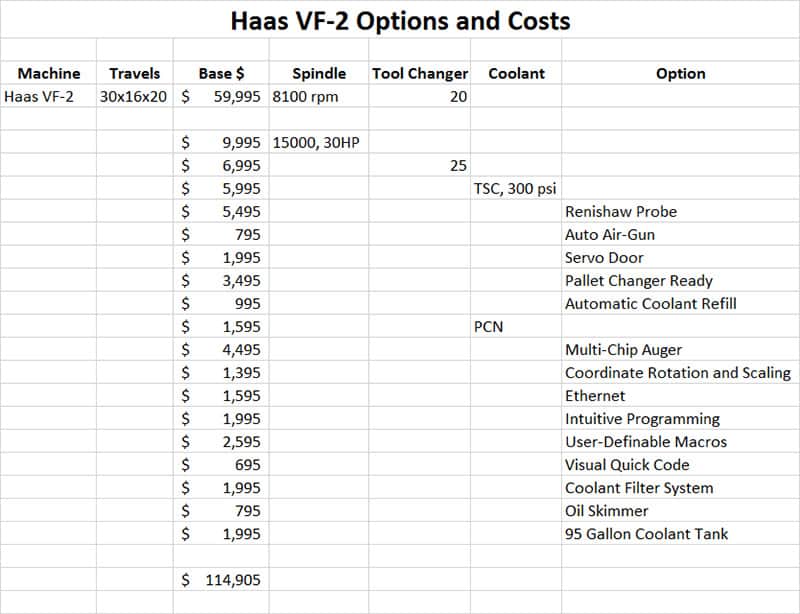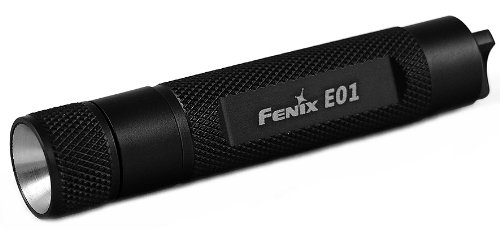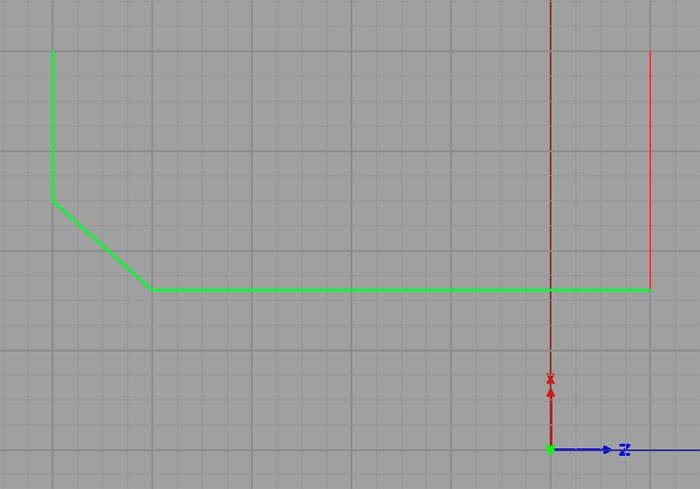2 months by cncdivi
Are you looking to enhance your milling operations with a versatile and efficient cutting tool? Look no further than the square end mill.
With their unique ability to produce flat-surfaced cuts and precise 90° corners, square end mills have become an indispensable tool for machinists.
In this blog post, we will explore the world of square end mills, delving into their features, applications, and tips for selecting and using them effectively. So, let’s sharpen our knowledge and elevate our milling game!
Short Summary
- Square end mills are specialized cutting tools used for a variety of milling operations.
- The selection of an appropriate square end mill requires consideration of factors such as material, flute count and diameter, type of application, and desired surface finish.
- It is important to consider the manufacturer when selecting a square end mill to add to your cart in order to ensure it meets your needs and requirements.
Understanding Square End Mills
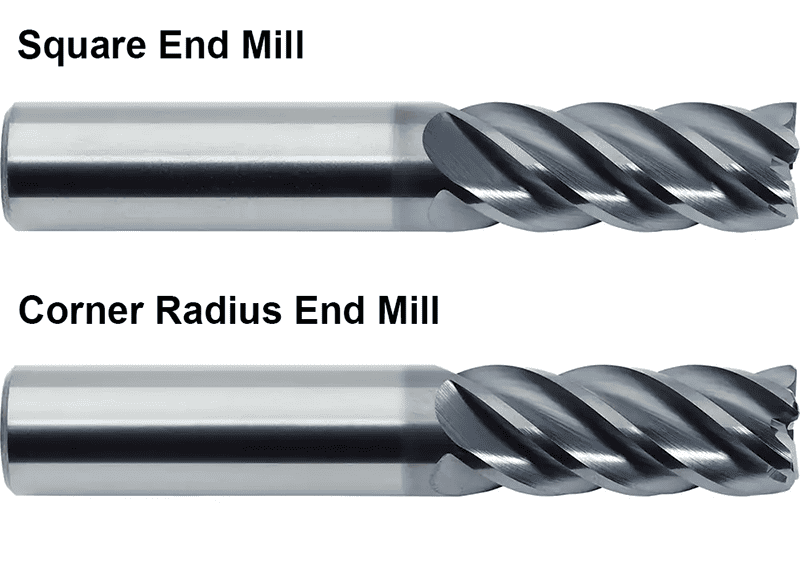
Square end mills are cutting tools designed explicitly for milling applications, featuring a square nose that creates flat-surfaced cuts with perfect 90° corners in the workpiece. Commonly constructed from high-speed steel or carbide, these end mills are produced by various reputable manufacturers such as Sandvik, Seco, Widia, Kennametal, and OSG Inc.
They can be employed for a range of milling operations, including face and side milling, plunge cutting, slotting, and pocketing.
Carbide vs High-Speed Steel
When choosing square end mills, one of the primary factors to consider is the material. Carbide square end mills are harder and more resistant to wear than high-speed steel, making them a better choice for more challenging applications. However, carbide is also more fragile than high-speed steel, making it susceptible to fracturing.
On the other hand, high-speed steel is more pliable and less fragile than carbide, making it more suitable for applications that require greater flexibility. However, it is less resistant to abrasion, rendering it less suitable for arduous applications.
Ultimately, the choice between carbide and high-speed steel square end mills will depend on the specific context of your milling application.
Flat vs Center Cutting
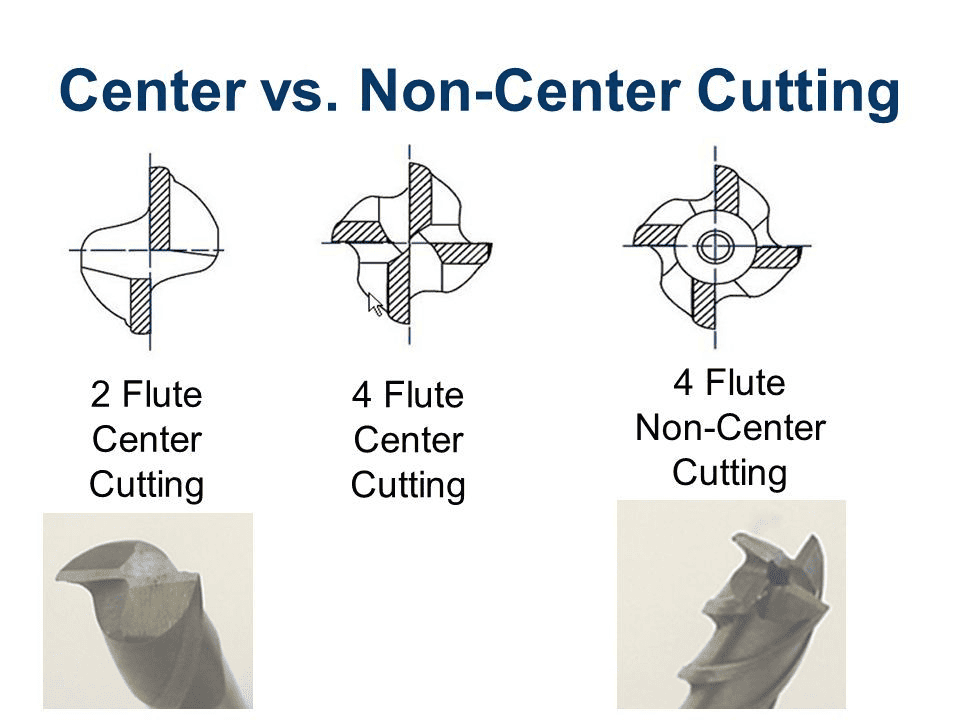
Another important aspect to consider when choosing square end mills is whether they are flat or center cutting. Flat end mills can be center cutting or non-center cutting. Center cutting end mills possess cutting edges on both the end face of the cutter and the sides, which are indispensable for plunge milling. Non-center cutting end mills possess cutting edges only on the sides and are utilized solely for side milling.
When it comes to applications, flat end mills are generally employed for side milling, while center cutting end mills are utilized for plunge milling. Understanding the differences between these cutting types and their applications will help you select the right square end mill for your specific milling needs.
Key Features of Square End Mills
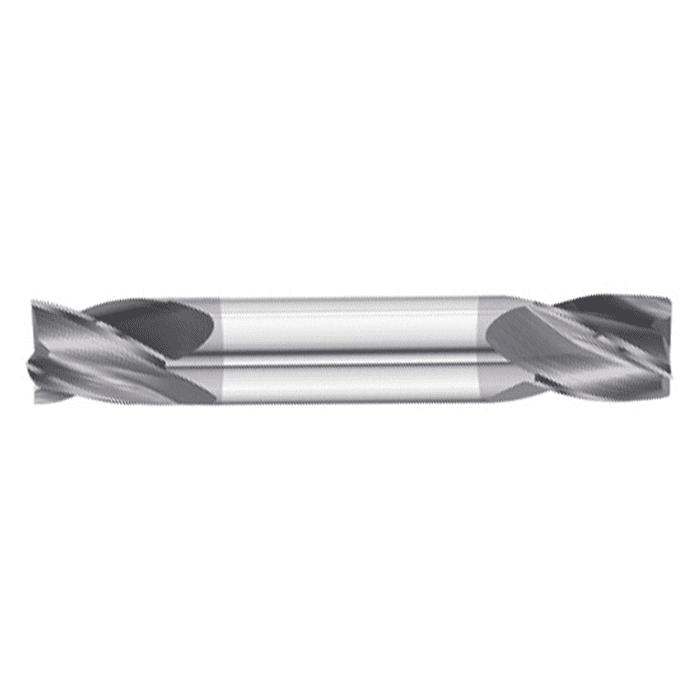
A double-ended stub length end mill…
Aside from the materials and cutting types, square end mills also possess distinctive features such as stub length and a 4 flute design. These features play a crucial role in determining the performance of the end mill and are essential to consider when selecting the right tool for your milling application.
It is important to understand the differences between the various types of end mills, such as the 1 8 inch end mill, and their features in order to make the best choice for your specific project.
Stub Length
Stub length refers to the length of the cutting section of a square end mill, which is typically shorter than the overall length of the end mill. The short flutes offer stability during the milling process, resulting in enhanced accuracy and surface finish. When choosing the appropriate stub length, it is essential to consider the material being milled, the depth of cut, and the desired surface finish. A longer stub length may be necessary for deeper cuts, while a shorter stub length may be required for finer surface finishes.
4 Flute Design
The 4 flute design is the most commonly utilized type of end mill, featuring four cutting edges that are equitably dispersed around the perimeter of the end mill. This design offers improved cutting efficiency, optimal chip evacuation, and a superior surface finish, making it more resilient and suitable for machining harder materials such as steel and harder alloys.
A 4 flute design is typically utilized for machining steel and harder alloys, as well as for face milling, side milling, and other milling operations. Its increased cutting efficiency and durability make it an ideal choice for various milling applications.
For more on selecting the best flute count for your application, see our linked article.
Milling Applications for Square End Mills
Square end mills are versatile tools that can be used for a variety of milling operations, such as face milling, side milling, plunge cutting, slotting, and pocketing. They can be employed on a wide array of workpiece materials thanks to the abundance of end mill materials and coatings available.
In the following sections, we will delve deeper into the specific applications of face and side milling.
Face Milling
Face milling is a machining process employed to eliminate material from the surface of a workpiece, creating flat surfaces. Carbide square end mills, especially center cutting ones, are used in face milling to produce a flat surface on the workpiece, as their cutting edges are perpendicular to the workpiece, allowing for a more precise cut.
The benefits of face milling include its speed and efficiency in producing flat surfaces, as well as its improved accuracy compared to other machining techniques. When utilizing square end mills for face milling, it is important to select the appropriate size and type of mill for the job, as well as the appropriate feeds and speeds to ensure a successful cut.
Side Milling
Side milling is a machining process that involves using a cutting tool with teeth on the side to cut a workpiece, often to create slots or grooves. Carbide square end mills, both high-speed steel and center cutting ones, are effective tools for this process, as they can remove material from the side of the workpiece as they move along it.
The advantages of side milling include its versatility in creating a range of shapes and sizes, its speed for high-volume production, and its ability to create intricate shapes that are difficult to achieve with other machining processes.
In order to achieve optimal results in side milling, it is important to select the right square end mill for the job and to consider factors such as cutting speed, feed rate, and depth of cut.
Tips for Using Square End Mills
To get the most out of your square end mills, it is essential to follow some practical tips, such as selecting the right end mill for your application and considering the proper feeds and speeds.
In the following sections, we will explore these tips in detail to help you make the most of your square end mills.
Selecting the Right Square End Mill
Choosing the right square end mill for your specific milling application is crucial for attaining the desired surface finish and avoiding damage to the workpiece. It is important to consider factors such as the material, cutting speed, tool geometry, flute count, and diameter when making your selection.
Additionally, it is necessary to consider the type of milling application and the desired surface finish when selecting an end mill. By taking these factors into account, you can ensure that you choose the most suitable square end mill for your milling needs, resulting in optimal performance and a high-quality finished product.
Proper Feeds and Speeds
Proper feeds and speeds are essential in machining, as they help to identify the most suitable cutting parameters for the tool and material being used. This facilitates efficient material removal, diminishes tool wear, and enhances surface finish. Factors that influence the selection of appropriate feeds and speeds include the type of material being machined, the type of tool being used, the cutting speed, the feed rate, and the depth of cut.
To determine the appropriate feeds and speeds for your square end mill, you can utilize the cutting speed, feed rate, and depth of cut to ascertain the optimal cutting parameters for the tool and material in use. By adjusting these variables as needed, you can ensure that your square end mill performs at its best and delivers the desired results.
Choosing and Purchasing Square End Mills
Once you have identified the right square end mill for your milling application, it is important to choose the appropriate manufacturer and add the desired product to your cart for purchase.
In the following sections, we will discuss the top manufacturers of square end mills and provide tips for adding the perfect square end mill to your cart.
Top Manufacturers
Several manufacturers have been recognized for their production of square end mills, such as Sandvik, Seco, Widia, Kennametal, and OSG. Additionally, a survey identified Harvey Tool as the leading end mill brand. These top manufacturers offer a wide range of high-quality square end mills, including carbide and high-speed steel end mills, flat and center cutting end mills, stub length end mills, and 4 flute design end mills.
By choosing a reputable manufacturer, you can ensure that your square end mill will deliver the performance, durability, and reliability that you need for your milling applications. It is important to evaluate the quality of the product, the standing of the manufacturer, the expense of the product, and the accessibility of the product when selecting the appropriate manufacturer.
Adding to Your Cart
When you are ready to add the perfect square end mill to your cart, it is essential to consider factors such as the material, size and shape of the mill, and the manufacturer. Additionally, it is important to take into account the feeds and speeds that are suitable for the mill.
By considering these factors and ensuring that the selected square end mill meets your specific needs and requirements, you can add the perfect square end mill to your cart and complete your purchase with confidence. With the right square end mill in hand, you can look forward to improved milling performance and exceptional results in your milling operations.
Summary
In conclusion, square end mills are versatile and efficient cutting tools that can be employed for a wide range of milling applications, such as face and side milling, plunge cutting, slotting, and pocketing. By understanding the key features, materials, and cutting types of square end mills, as well as following practical tips for selecting and using them effectively, you can optimize your milling operations and achieve outstanding results.
So whether you are a seasoned machinist or a novice looking to elevate your milling game, it is worth investing in high-quality square end mills from reputable manufacturers. With the right square end mill in hand, you can unlock the full potential of your milling operations and create exceptional finished products with precision and efficiency.
Frequently Asked Questions
What is a square end end mill?
A square end mill is a general-purpose mill used for creating flat-surfaced cuts with perfect 90° corners in a workpiece. It is often used at both the roughing and finishing stages of a machining process.
Square end mills are versatile tools that can be used for a variety of applications. They are commonly used for milling slots, pockets, and contours in a workpiece. They can also be used for drilling and reaming.
What is the difference between square and corner radius end mill?
A corner radius end mill cutter has a stronger milling edge than a square end mill, allowing for higher feed rates, longer tool life, and greater productivity when used for mold profiling applications. This makes it an ideal choice for machining complex shapes and contours in a variety of materials. It is also well-suited for creating intricate details and finishing operations.
Is flat end mill the same as square end mill?
Yes, a Flat End Mill is the same as a Square End Mill, as the latter are characterized by their flutes with sharp corners at a 90° angle.
What is the difference between carbide and high-speed steel square end mills?
Carbide square end mills are harder and more wear-resistant than high-speed steel, making them suitable for more demanding tasks. Conversely, high-speed steel is more flexible and less fragile, making it ideal for applications requiring greater flexibility.
What are the key features of square end mills?
Square end mills feature stub length and a 4 flute design, allowing for increased performance and improved cutting efficiency.
This design makes them ideal for a variety of applications, from general purpose milling to finishing operations. They are also well-suited for high-speed machining and can be used in a variety of applications.
Like what you read on CNCCookbook?
Join 100,000+ CNC'ers! Get our latest blog posts delivered straight to your email inbox once a week for free. Plus, we’ll give you access to some great CNC reference materials including:
- Our Big List of over 200 CNC Tips and Techniques
- Our Free GCode Programming Basics Course
- And more!
Just enter your name and email address below:
100% Privacy: We will never Spam you!
Recently updated on March 1st, 2024 at 12:15 pm

Bob is responsible for the development and implementation of the popular G-Wizard CNC Software. Bob is also the founder of CNCCookbook, the largest CNC-related blog on the Internet.

